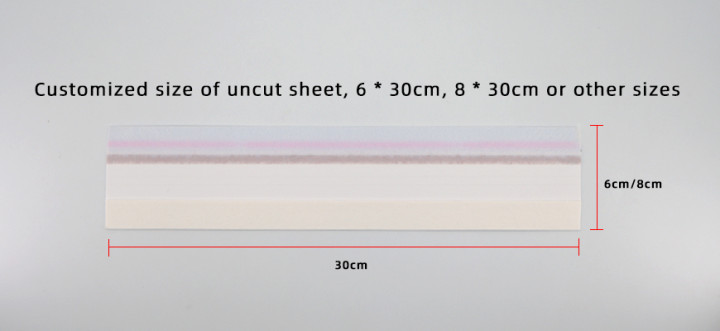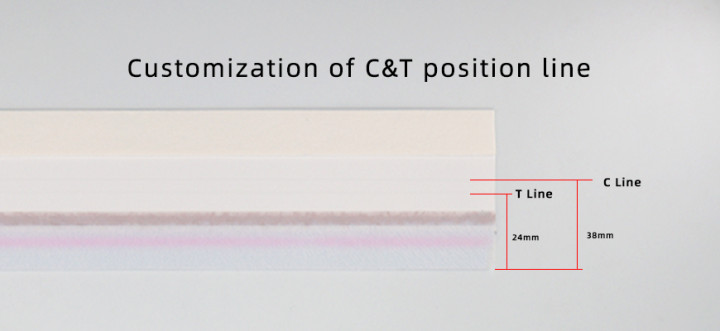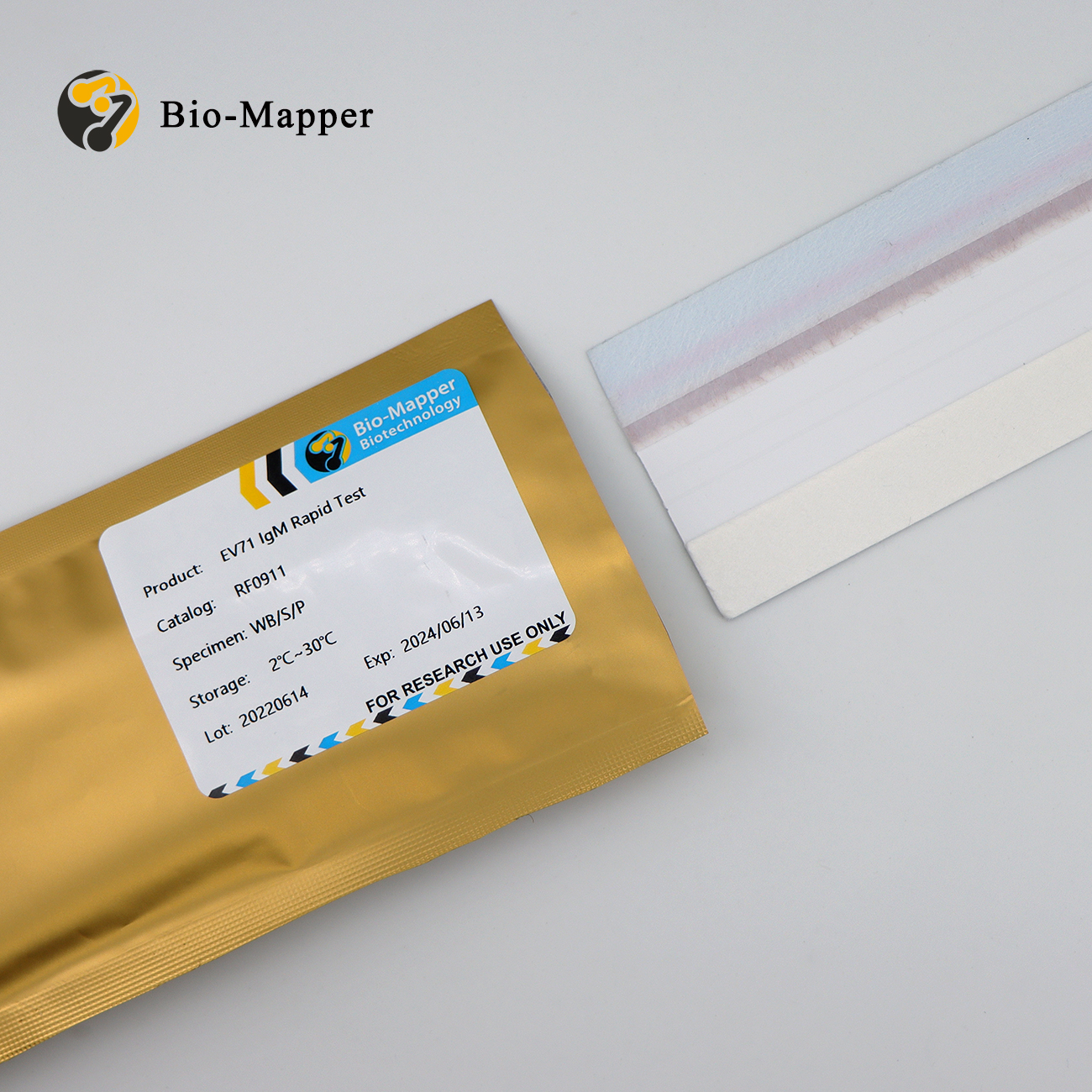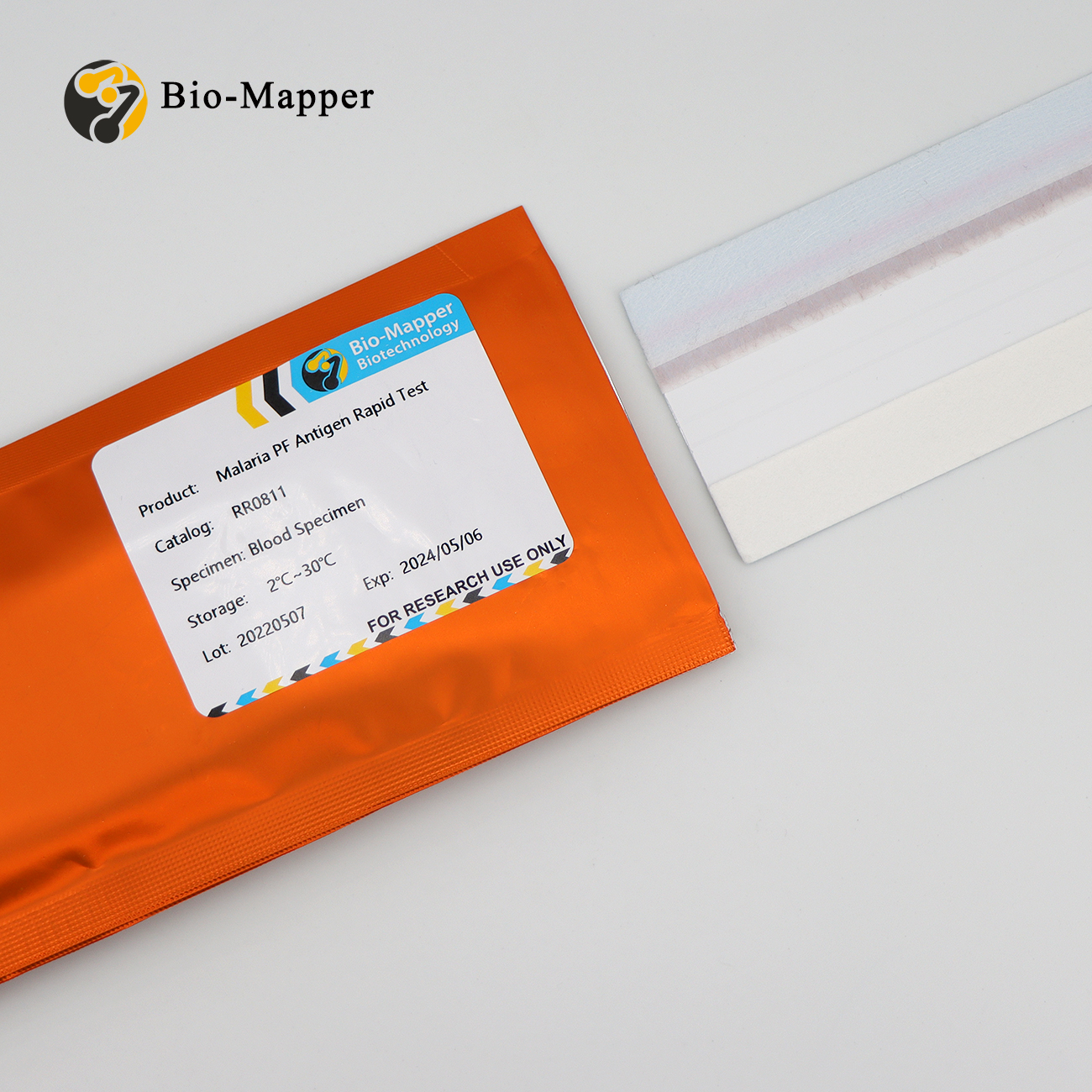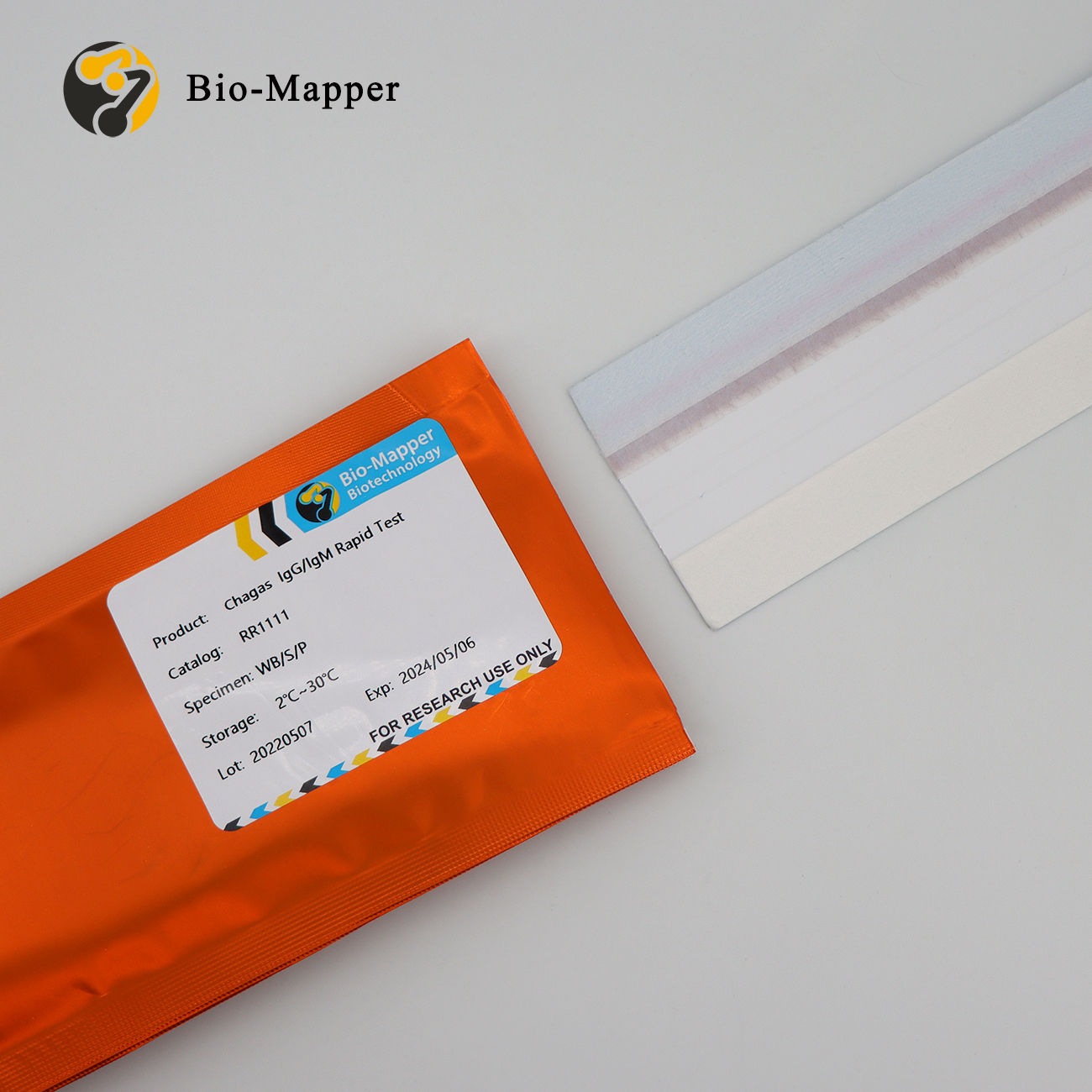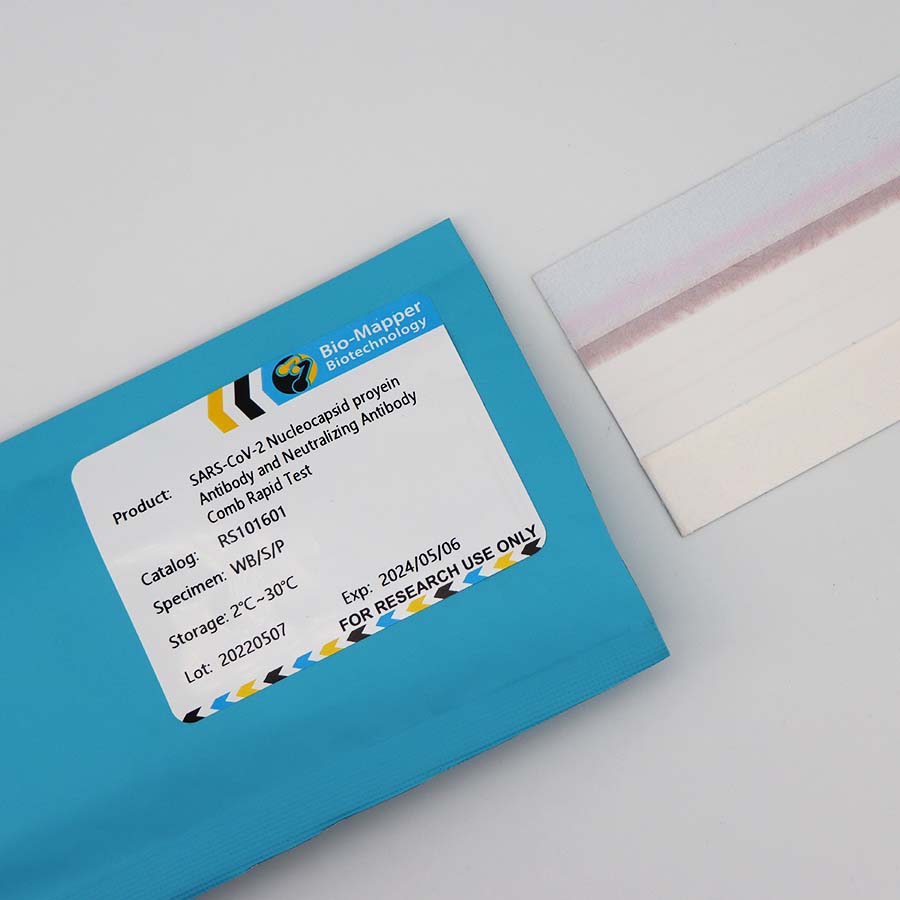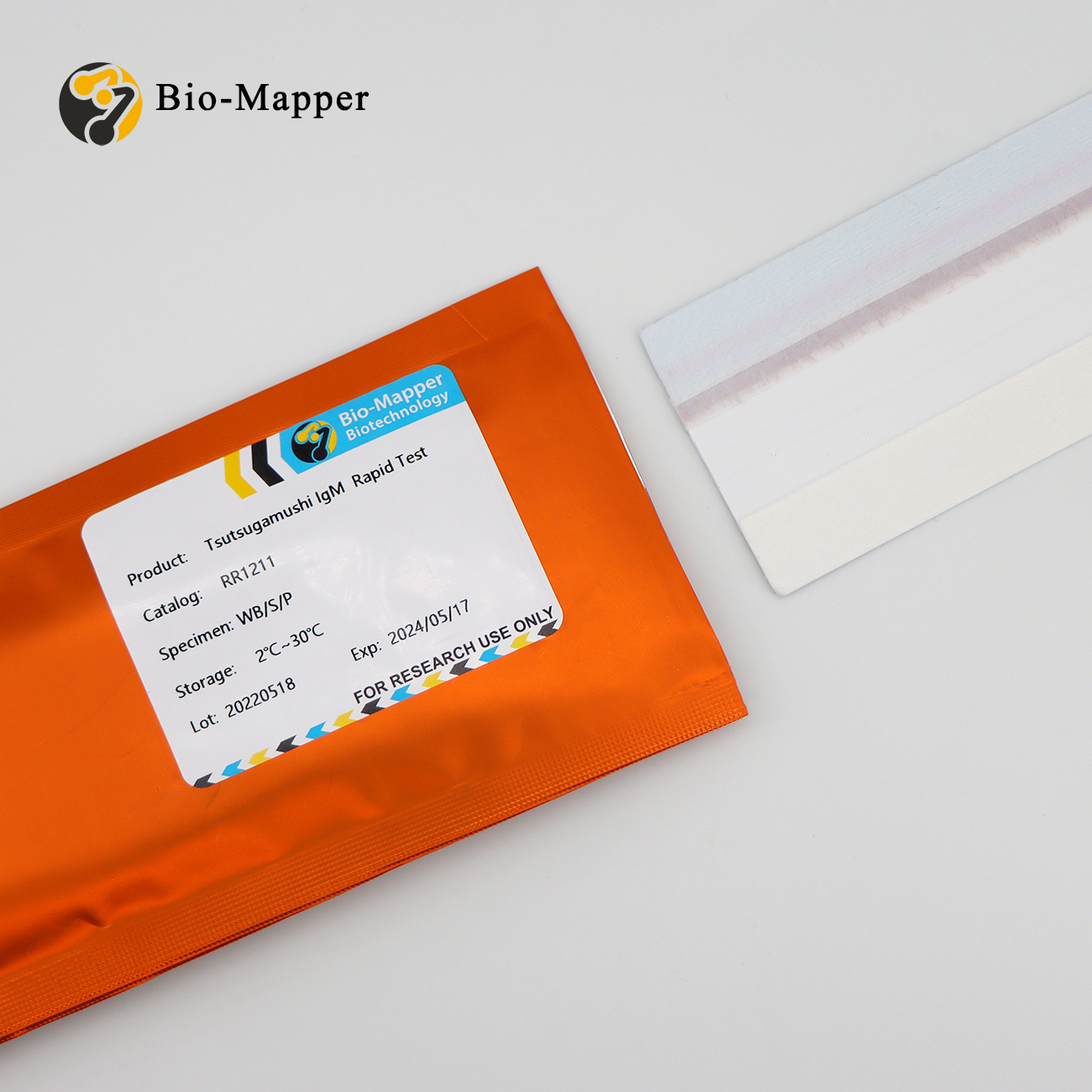Detailed description
Malaria is a mosquito-borne, hemolytic, febrile illness that infects over 200 million people and kills more than 1 million people per year. It is caused by four species of Plasmodium: P. falciparum, P. vivax, P. ovale, and P. malariae. These plasmodia all infect and destroy human erythrocytes, producing chills, fever, anemia, and splenomegaly. P. falciparum causes more sever disease than the other plasmodial species and accounts for most malaria deaths. P. falciparum and P. vivax are the most common pathogens, however, there is considerable geographic variation in species distribution. Traditionally, malaria is diagnosed by the demonstration of the organisms on Giemsa stained thick smears of peripheral blood, and the different species of plasmodium are distinguished by their appearance in infected erythrocytes1. The technique is capable of accurate and reliable diagnosis, but only when performed by skilled microscopists using defined protocols2, which presents major obstacles for the remote and poor areas of the world. The Malaria Pf / Pan Antigen Rapid Test Kit is developed for solving these obstacles. The test utilizes a pair of monoclonal and polyclonal antibodies to P. falciparum specific protein, Histidine Repeat Protein II (pHRP-II), and a pair of monoclonal antibodies to plasmodium Lactate Dehydrogenase (pLDH), a protein produced by the four species of the plasmodium, thus enables simultaneous detection and differentiation of the infection with P. falciparum and or any of the other three plasmodia. It can be performed by untrained or minimally skilled personnel, without laboratory equipment.




